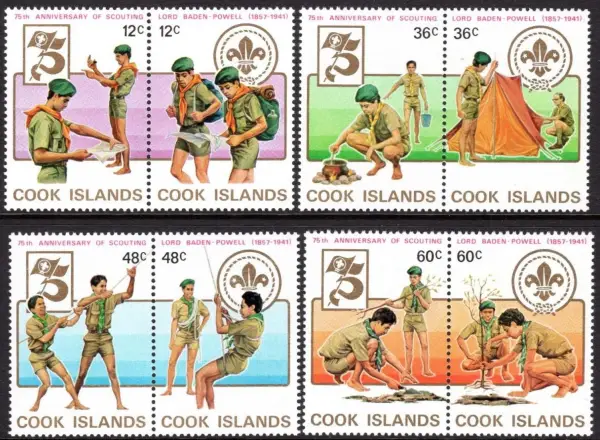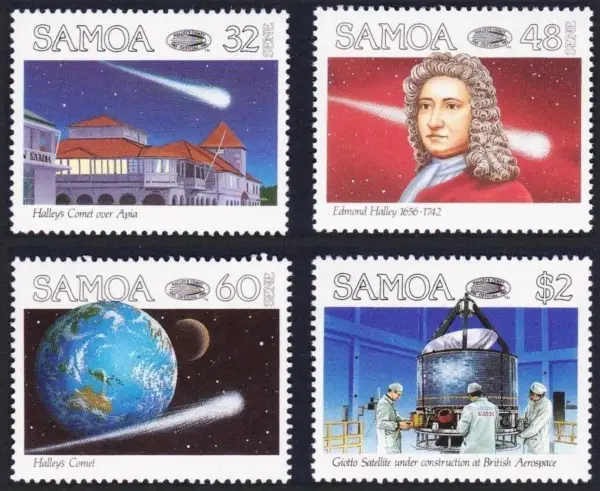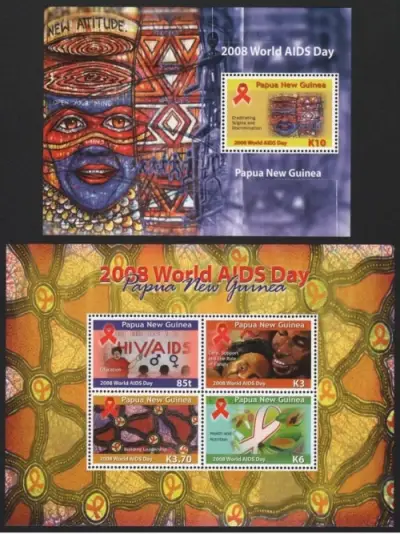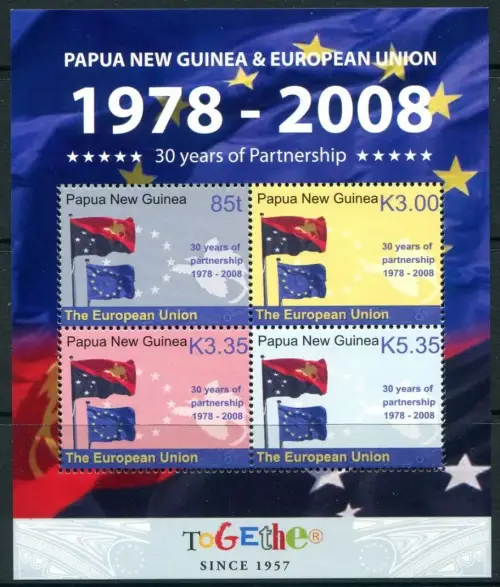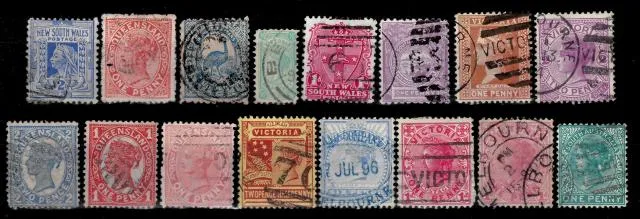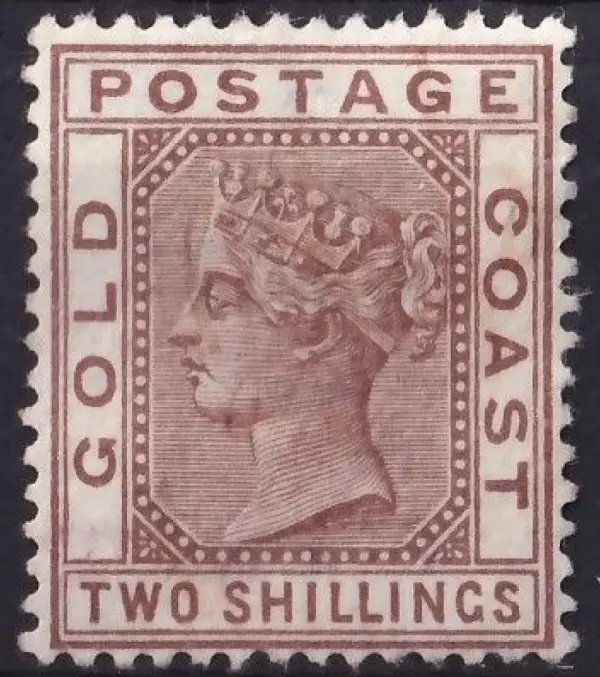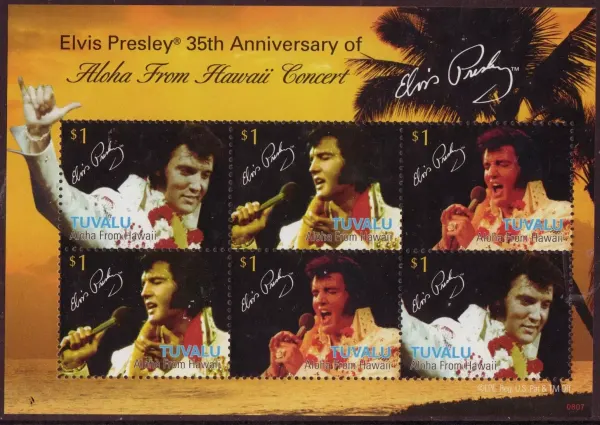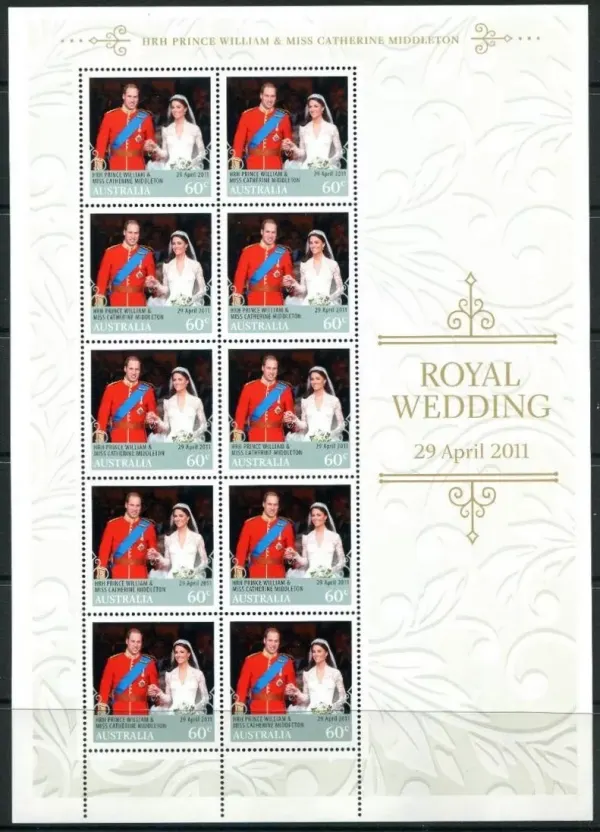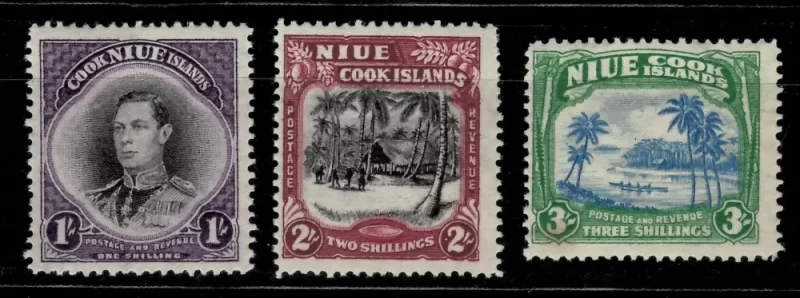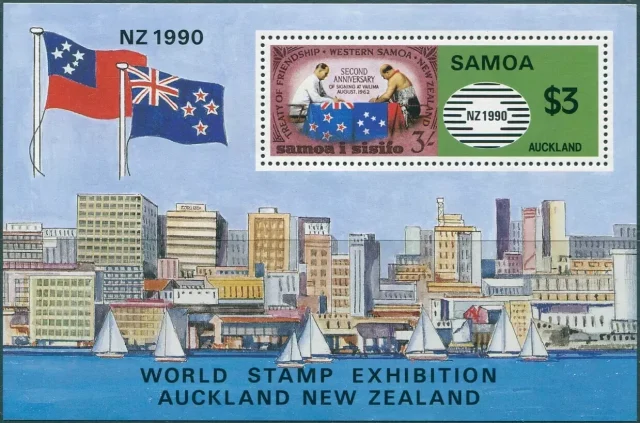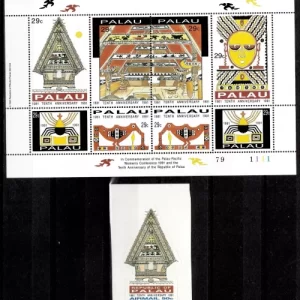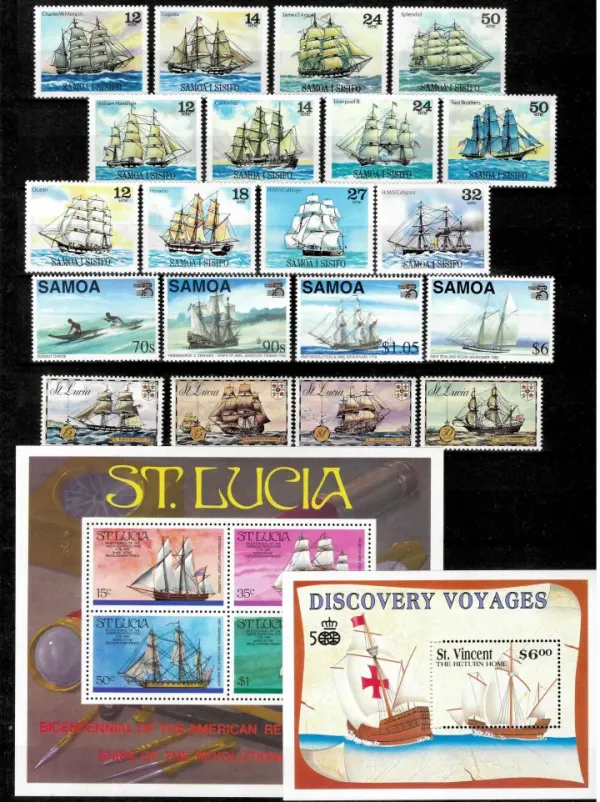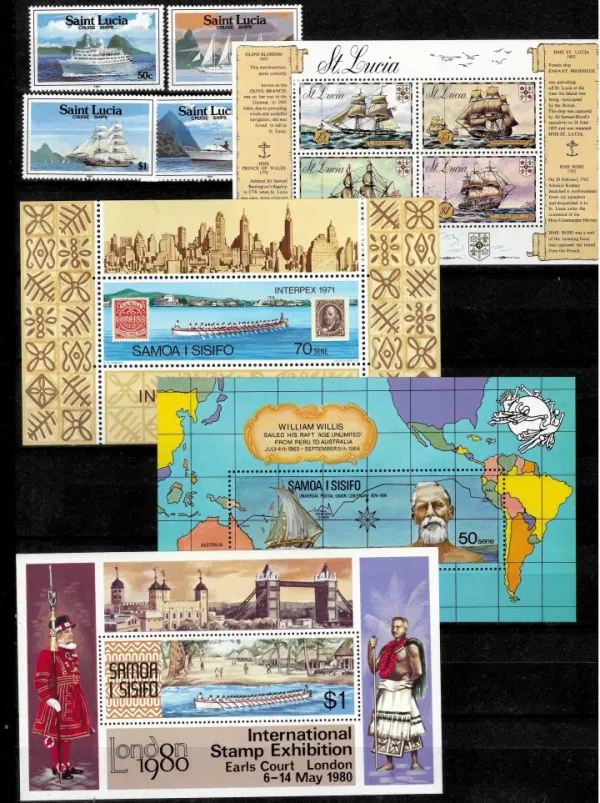Showing 1–30 of 175 resultsSorted by latest
Showing 1–30 of 175 resultsSorted by latest
Postage stamps from Australia and the Oceania region tell rich stories of history, culture, geography, and political change. Each nation or territory has its own distinct approach to stamp design, often reflecting its unique landscapes, native wildlife, and local traditions.
Australia Postage Stamps
Early Australian Stamps (Colonial Period)
- Pre-1901: Before the federation of Australia in 1901, the country was divided into separate colonies, each issuing its own stamps.
- New South Wales: Issued its first stamp in 1850, featuring a portrait of Queen Victoria.
- Victoria, Tasmania, Queensland, South Australia, and Western Australia also issued their own stamps during the 19th century, often featuring Queen Victoria or local symbols.
- Western Australia’s “Black Swan” stamp (1854) is one of the most iconic early colonial stamps.
Commonwealth of Australia Stamps
- First National Stamp (Kangaroo and Map): Australia’s first national postage stamp was issued in 1913, featuring a kangaroo superimposed on a map of Australia. This design marked a shift from colonial symbolism to a new national identity.
- King George V: Following the kangaroo stamp, a series of stamps depicting King George V was issued between 1914 and 1936.
- Royal Family and WWII: Stamps during the 1930s and 1940s often portrayed members of the British royal family and commemorated Australia’s participation in World War II.
- New Zealand Scenic Stamps: From the early 20th century onward, New Zealand stamps began to feature the country’s stunning landscapes, including Mount Cook, Rotorua, and Milford Sound.
- Flora and Fauna: Native species like the kiwi bird, silver fern, and māori symbols are common themes in modern stamps.
- Māori Culture: Stamps depicting Māori cultural heritage, traditional artwork, and myths have been issued regularly since the mid-20th century.
- First Stamp (1855): New Zealand’s first postage stamp was the “Full Face Queen”, depicting Queen Victoria. It was one of the earliest stamps issued in the British Empire.
- Chalon Head Stamps: The Chalon Head series (1855–1873) featured a portrait of Queen Victoria, modelled after the British Chalon portrait. These are highly collectible. Commemorative Stamps: New Zealand has issued stamps for national events like Anzac Day, the country’s participation in World War I and II, and its rugby achievements, particularly the success of the All Blacks.
New Zealand Postage Stamps
Early Issues (Colonial Era)
- First Stamp (1855): New Zealand’s first postage stamp was the “Full Face Queen”, depicting Queen Victoria. It was one of the earliest stamps issued in the British Empire.
- Chalon Head Stamps: The Chalon Head series (1855–1873) featured a portrait of Queen Victoria, modelled after the British Chalon portrait. These are highly collectible.
20th Century and Beyond
- New Zealand Scenic Stamps: From the early 20th century onward, New Zealand stamps began to feature the country’s stunning landscapes, including Mount Cook, Rotorua, and Milford Sound.
- Flora and Fauna: Native species like the kiwi bird, silver fern, and māori symbols are common themes in modern stamps.
- Māori Culture: Stamps depicting Māori cultural heritage, traditional artwork, and myths have been issued regularly since the mid-20th century.
-
Pacific Islands Postage Stamps
Fiji
- First Stamps (1870s): Fiji’s first stamps were issued while the island was a British colony. These early stamps featured Queen Victoria.
- Post-Independence Stamps: After gaining independence in 1970, Fiji began issuing stamps featuring its local culture, flora and fauna, and historical events.
- Wildlife and Marine Life: Fiji is known for its marine biodiversity, and many stamps depict fish, corals, and other sea life.
- Cultural Celebrations: Traditional Fijian ceremonies, villages, and cultural artefacts frequently appear on stamps.
- Tourism: Stamps also promote Fiji as a tropical paradise, featuring beaches, waterfalls, and traditional dances.
Papua New Guinea (PNG)
- Colonial Issues (British and Australian): Papua New Guinea’s early stamps were issued under British and later Australian administration.
- Post-Independence Stamps (1975-present): After independence, PNG issued stamps that celebrate its indigenous culture, wildlife, and unique environment.
- Flora and Fauna: PNG stamps frequently depict exotic birds, such as the bird of paradise, butterflies, and orchids.
- Indigenous Culture: Traditional tribal art, masks, and ceremonial attire are popular themes.
Samoa
- Early Stamps: Issued under German control in the late 19th century, Samoa’s early stamps bore the image of Kaiser Wilhelm.
- Post-Independence: Since gaining independence in 1962, Samoa’s stamps feature Polynesian culture, traditional tattoos, dances, and local wildlife.
Tonga
- Innovative Stamp Designs: Tonga is known for issuing innovative stamps, including self-adhesive and die-cut stamps in the shape of bananas, coconuts, and other fruits.
- First Stamps (1886): Tonga’s first stamps featured King George Tupou I, the ruling monarch at the time.
- Unique Themes: Tonga frequently issues stamps depicting the Royal Family, island life, and marine wildlife.
Solomon Islands
- Colonial Era: The first Solomon Islands stamps were issued in 1907, under British rule, featuring King Edward VII.
- Post-Independence: Since gaining independence in 1978, the Solomon Islands have issued stamps celebrating their tribal culture, tropical forests, and wildlife. Themes include traditional canoes, wood carvings, and native birds.
Smaller Pacific Island Nations
Vanuatu
- French and British Colonial Issues: When Vanuatu (formerly the New Hebrides) was a joint British-French colony, stamps were issued under both administrations.
- Post-Independence (1980s-present): Vanuatu’s stamps highlight cultural traditions, such as customary dances, volcanic landscapes, and marine life.
Tuvalu
- First Stamps (1976): After gaining independence from Britain, Tuvalu issued stamps featuring marine themes, island life, and traditional Polynesian art.
- Commemorative Issues: Stamps often celebrate local and international events, such as the Monarchy (since Tuvalu is part of the Commonwealth), and issues relating to climate change due to its vulnerability as a low-lying island nation.
Kiribati
- Marine and Wildlife Themes: Kiribati’s stamps are famous for their depiction of fish, seabirds, and other marine life. Being a nation made up of atolls and coral reefs, marine biodiversity is a central theme.
- Cultural Traditions: Stamps also showcase traditional fishing methods, canoes, and dances.
Palau
- Nature and History: Palau’s stamps feature its diverse marine life, coral reefs, and WWII historical sites.
- Joint Issues: Palau often collaborates with other Pacific nations or the U.S. on joint stamp issues, commemorating shared history or environmental conservation.

